Viet Ha-Thuc
Learning to Rank Personalized Search Results in Professional Networks
May 16, 2016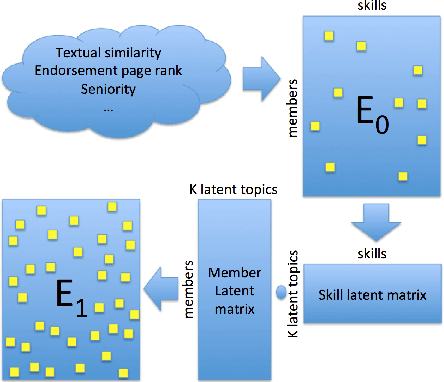
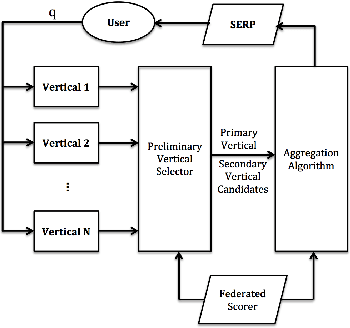
Abstract:LinkedIn search is deeply personalized - for the same queries, different searchers expect completely different results. This paper presents our approach to achieving this by mining various data sources available in LinkedIn to infer searchers' intents (such as hiring, job seeking, etc.), as well as extending the concept of homophily to capture the searcher-result similarities on many aspects. Then, learning-to-rank (LTR) is applied to combine these signals with standard search features.
Search by Ideal Candidates: Next Generation of Talent Search at LinkedIn
Feb 26, 2016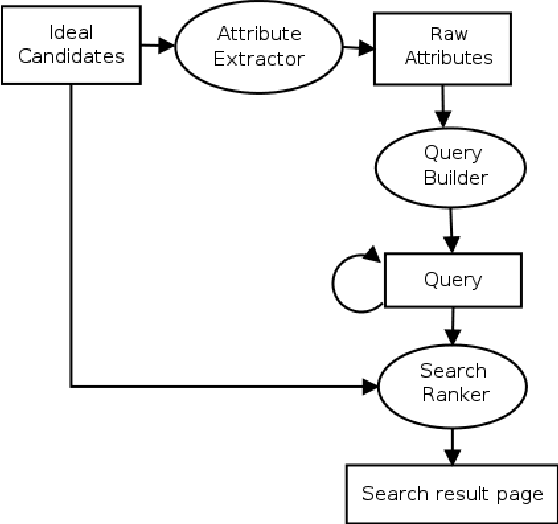
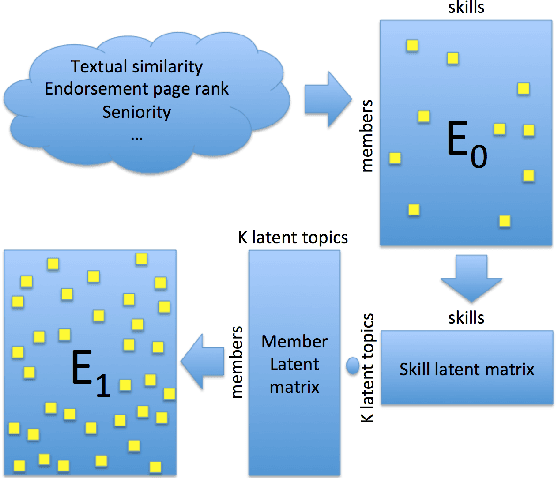
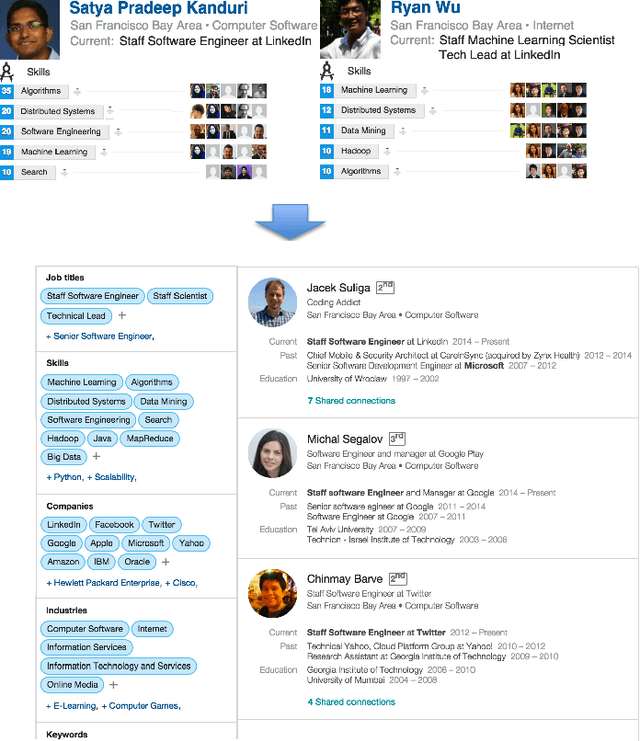
Abstract:One key challenge in talent search is how to translate complex criteria of a hiring position into a search query. This typically requires deep knowledge on which skills are typically needed for the position, what are their alternatives, which companies are likely to have such candidates, etc. However, listing examples of suitable candidates for a given position is a relatively easy job. Therefore, in order to help searchers overcome this challenge, we design a next generation of talent search paradigm at LinkedIn: Search by Ideal Candidates. This new system only needs the searcher to input one or several examples of suitable candidates for the position. The system will generate a query based on the input candidates and then retrieve and rank results based on the query as well as the input candidates. The query is also shown to the searcher to make the system transparent and to allow the searcher to interact with it. As the searcher modifies the initial query and makes it deviate from the ideal candidates, the search ranking function dynamically adjusts an refreshes the ranking results balancing between the roles of query and ideal candidates. As of writing this paper, the new system is being launched to our customers.
Personalized Federated Search at LinkedIn
Feb 16, 2016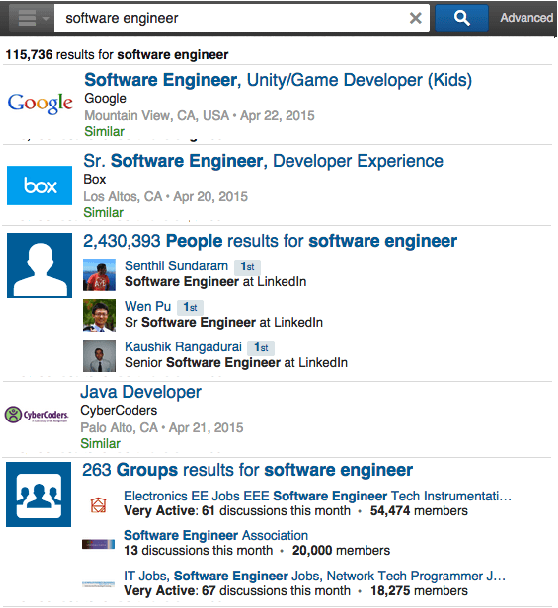

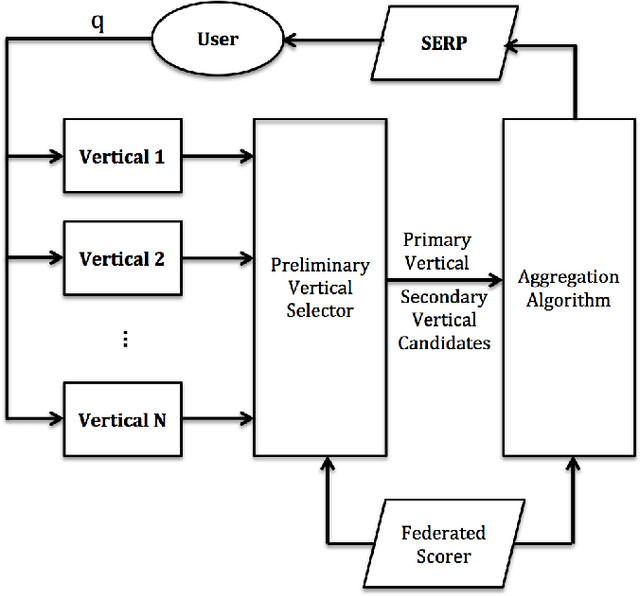
Abstract:LinkedIn has grown to become a platform hosting diverse sources of information ranging from member profiles, jobs, professional groups, slideshows etc. Given the existence of multiple sources, when a member issues a query like "software engineer", the member could look for software engineer profiles, jobs or professional groups. To tackle this problem, we exploit a data-driven approach that extracts searcher intents from their profile data and recent activities at a large scale. The intents such as job seeking, hiring, content consuming are used to construct features to personalize federated search experience. We tested the approach on the LinkedIn homepage and A/B tests show significant improvements in member engagement. As of writing this paper, the approach powers all of federated search on LinkedIn homepage.
Personalized Expertise Search at LinkedIn
Feb 15, 2016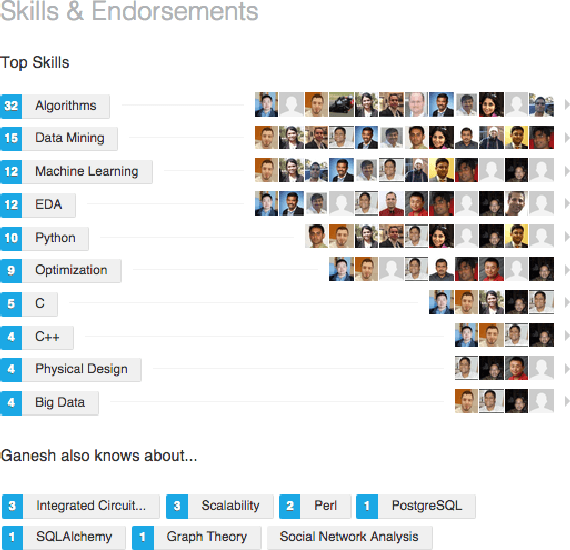
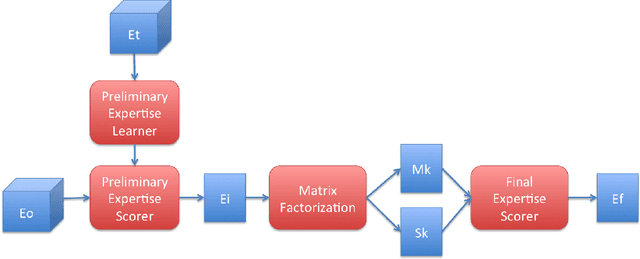
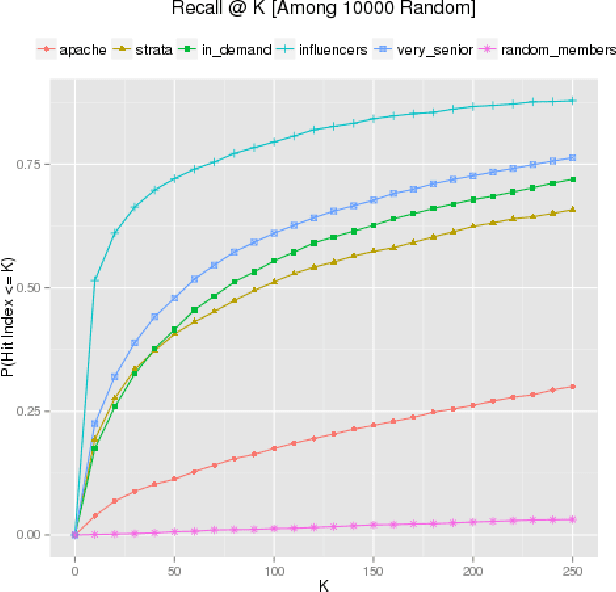
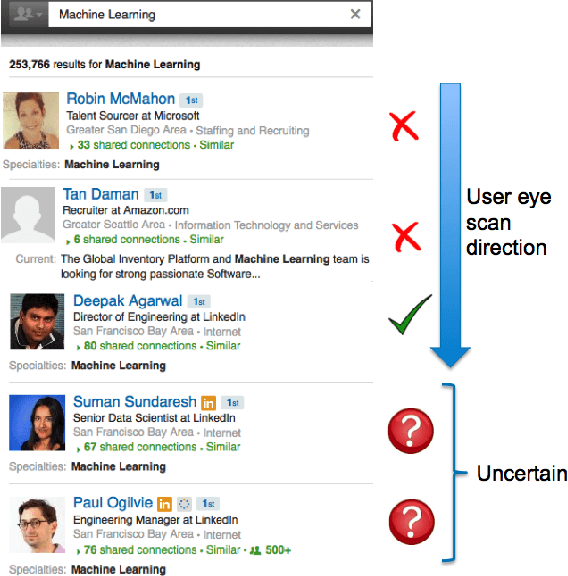
Abstract:LinkedIn is the largest professional network with more than 350 million members. As the member base increases, searching for experts becomes more and more challenging. In this paper, we propose an approach to address the problem of personalized expertise search on LinkedIn, particularly for exploratory search queries containing {\it skills}. In the offline phase, we introduce a collaborative filtering approach based on matrix factorization. Our approach estimates expertise scores for both the skills that members list on their profiles as well as the skills they are likely to have but do not explicitly list. In the online phase (at query time) we use expertise scores on these skills as a feature in combination with other features to rank the results. To learn the personalized ranking function, we propose a heuristic to extract training data from search logs while handling position and sample selection biases. We tested our models on two products - LinkedIn homepage and LinkedIn recruiter. A/B tests showed significant improvements in click through rates - 31% for CTR@1 for recruiter (18% for homepage) as well as downstream messages sent from search - 37% for recruiter (20% for homepage). As of writing this paper, these models serve nearly all live traffic for skills search on LinkedIn homepage as well as LinkedIn recruiter.
 Add to Chrome
Add to Chrome Add to Firefox
Add to Firefox Add to Edge
Add to Edge